Corvin Castle, also called Hunyadi Castle or Hunedoara Castle, is the medieval fortress of Hunedoara, one of the most important monuments of Gothic architecture in Romania, attested in documents since the beginning of the 14th century.
The location around the castle is very beautiful, surrounded by a valley where a river passes and lots of greenery. From my documentaries I found out that it was given by King Sigismund I of Luxembourg to Prince Voicu, the father of Iancu de Hunedoara (dominant personality of Romanian history in the 15th century). The coat of arms of the castle and the Hunyadi family is the raven with a ring in the fold.
Is said to be the most beautiful and scariest medieval castle in Romania. Currently the castle is owned by the Romanian state and functions as a museum. The castle is impressive from the outside, in size and appearance.
The rectangular towers placed in the north-west and south-east areas of the castle (the old gate tower, the new gate tower) were provided with road entrances and defense levels, designed for both firearms and firearms. The actual entrances to the castle were made through bridges, supported by stone pillars, the last sections of the bridges being mobile.
The Corvin or Hunyadi Castle is one of the most valuable medieval castles in Romania, with a double civil and military destination, which can be visited. It is important to be visited with a guide, if you want to have access to interesting information. There are also information panels or printed materials that can be purchased, along with photos and inscriptions from the panels.
The Castle was built on a rock at the base of which the Zlaști brook flows. This fortress was one of the largest and most famous properties of Ioan de Hunedoara, this being one of the most important people in the history of the Romanian people.
It was named "the athlete of Christ" by Pope Calixtus III for the way in which the voivode's armies defended the Christian world from Ottoman invasions.
Inside there are so many trails and places to see that probably a 2-3 hour visit is not enought. You can visit each wing of the castle, you can climb to its various levels, the rooms, the corridors are very interesting. The ballroom seems to be just waiting for the courtiers for the party to begin. The view to the green defense ditch is very beautiful.
The main entrance to the Corvin Castle, to the right of the bridge over the river Zlaști, is an imposing statue of St. John of Nepomuk, who is the protector of the bridges.
Corvin Castle is considered the living legend of Transylvania, considered the largest medieval monument in southeastern Europe and the castle where Vlad the Impaler was allegedly imprisoned. About Vlad the Impaler, Is not necesary to tell you who he is, various legends have been woven around him.
Once inside you can visit the Knights' Hall, the Chapel, the Golden Room, the Mace Tower, the Room, the Diet Room, the Capistano Tower (from the name of the priest who lived in it), the Neboisa Tower and other smaller rooms. The fountain was dug by 3 Turkish prisoners Ali, Mehmet and Ibrahim in exchange for their release: the digging of the fountain lasted 15 years and when they reached the water they were not released but sentenced to death by Iancu de Hunedoara's wife.
Torture chamber
In the basement of the Archaeological Museum of the Castle we find a huge torture chamber in which are presented the most terrible medieval instruments and how they were used.




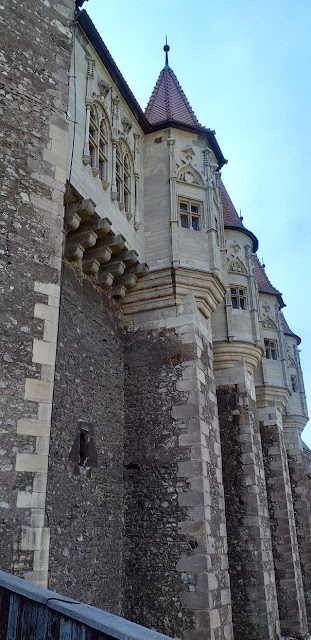
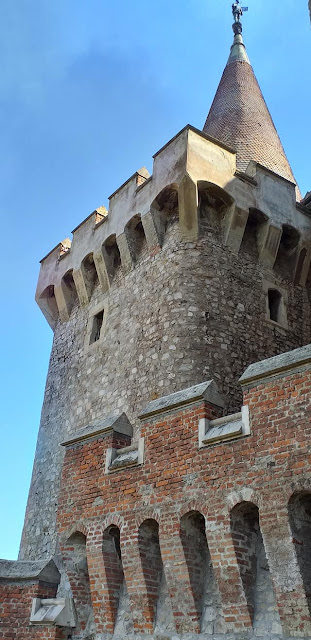





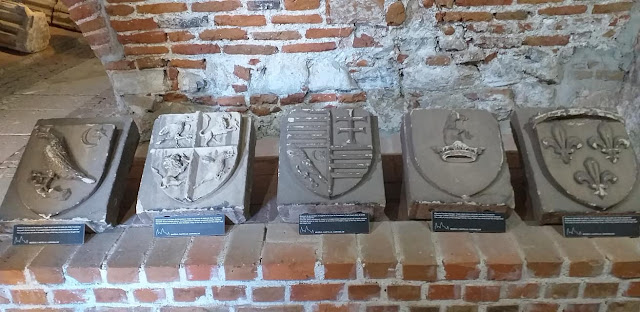
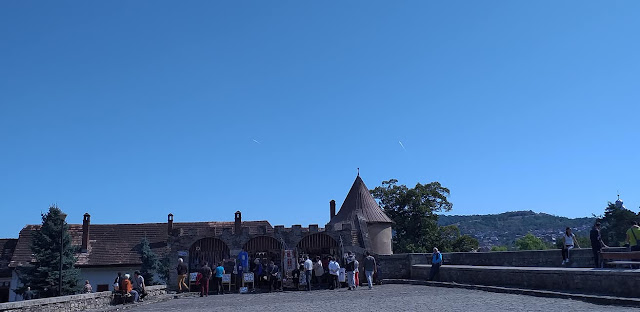



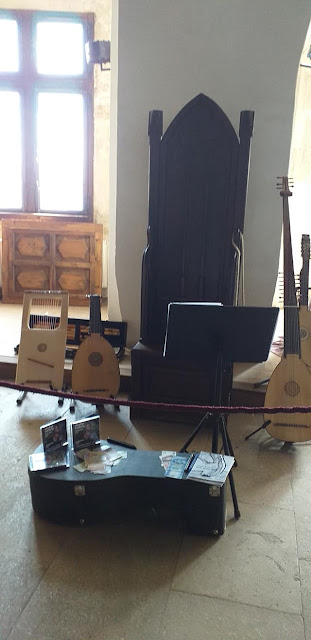
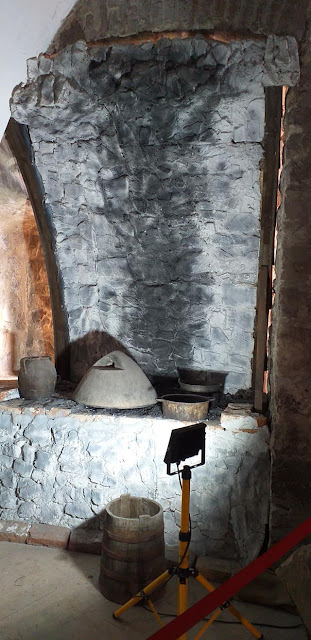



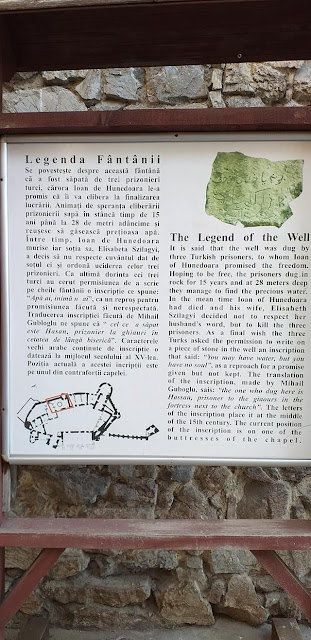
Comments
Post a Comment